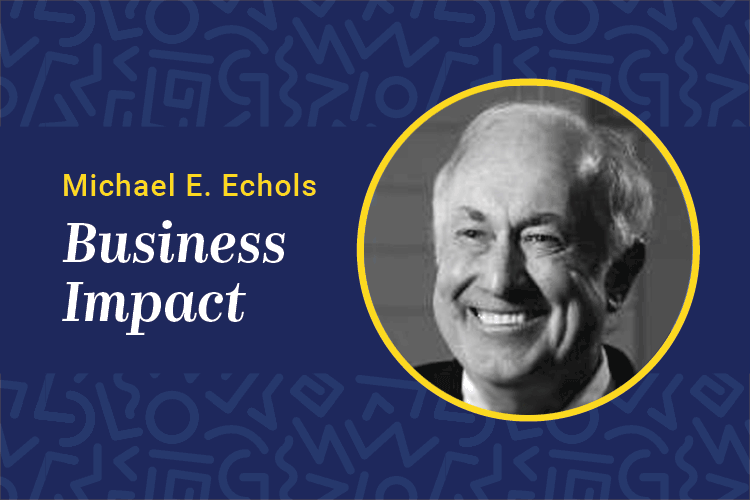
The importance of investment in value creation has again been affirmed in 2018 financial markets in reaction to the federal tax policy passed by Congress in December 2017. Trillions of dollars of wealth have been created and agreement about the importance of investment in national infrastructure awaits political courage to act.
Looking at learning as an investment that creates human capital is timely and valuable. The why, what and how of learning investment are all important, but for now attention is on the why.
Policies and practices used to manage tangible asset investment can serve as a reference. Accountants have preempted investment beliefs and behaviors with a rigorous set of rules, which are applied primarily to tangible assets recorded on the balance sheet. It is agreed that the balance sheet archives assets with enduring future value. The accounting rules require that an enterprise own an asset for it to go on the balance sheet, something that will never happen when it comes to human capital.
But we can state, without reservation, that expenditures for learning all are being made with the expectation of future benefit. No one behaves as though learning done today is expected to disappear tomorrow. We all believe that implicit to true learning is enduring value. Consider a position among learning leaders where one side is arguing that learning is only about the present and not about the future. Absurd? Indeed! But this is exactly how we treat learning investments in financial reporting.
There is an elephant in the room when it comes to creating future value. The “elephant” is innovation. Ironically, innovation impacts learning investments even more than historical tangible asset investments, and innovation has assumed a near sacrosanct status in financial markets.
Unfortunately, the accounting profession rules of investment have not grafted well onto investments in learning. Enduring principals about created value include depreciation, depletion, obsolescence and risk management. These are largely missing from learning investment planning; however, they become ever more important as increased innovation in turn increases depreciation, depletion and obsolescence of human capital.
Further, low unemployment increases the risk of voluntary turnover, the human capital risk analog to the manufacturing plant being wiped out by natural disaster. With tangible assets, the risk is managed through insurance, a concept absent from learning investment decisions.
The real issue for learning community consideration is: What does investment in learning actually look like even though commonly accepted accounting principles do not directly apply? Here are some factors to consider.
One break comes with the learning heritage where content has long been king. The investment value of learning cannot be measured in terms of the scope of content presented in the original learning exercises. Rich content is ubiquitously available through YouTube and Google searches. It is not that content is no longer valuable, but that it is available everywhere, at zero cost. One implication is that learning how to find is probably more important than how to retain.
The value of learning lies in how well the learning investment prepares the learner to make good decisions in the ever-more uncertain future innovation creates. This requires both skills and developed decision-making capacity.
Measuring value created becomes a priority. The world of tangible assets and balance sheets has ruled the beliefs and behaviors of senior executives. In that world, the stated value is the historical cost incurred at the time of acquisition. In contrast, the financial market value is the future cash flows discounted to the present. This break from the past allows a new framework to enrich the future value created from learning investments.
For learning, the investment question might even be framed as: “What learning today creates value tomorrow in the face of the dominant role innovation is taking in the modern global economy?” Key to this approach is the future value of learning in the face of pervasive and continuing innovation. The issues of value created, depletion and risk rise to the top of the learning investment priority list.
Michael E. Echols is principal and founder of Human Capital LLC and author of “Your Future Is Calling.” He can be reached at editor@CLOmedia.com.














